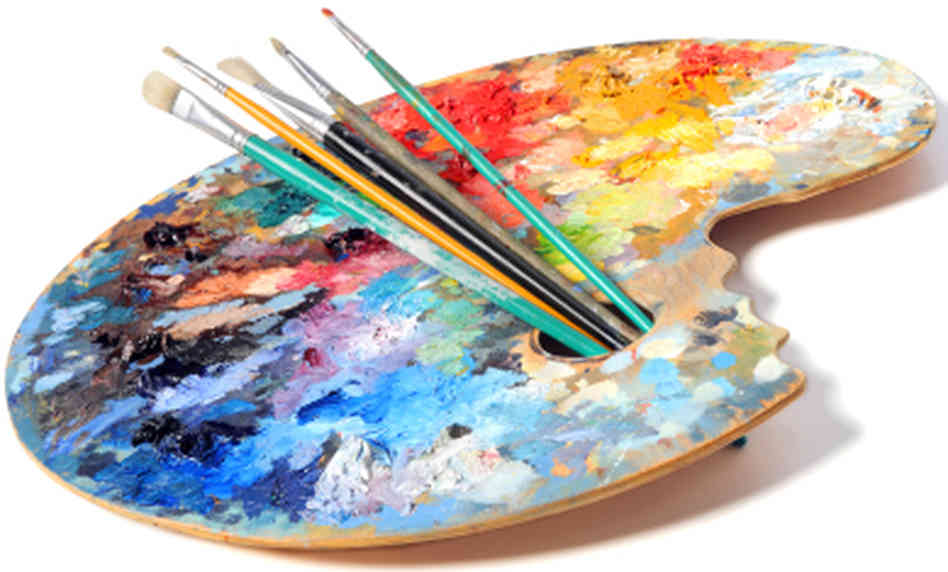Delving Into the Diverse Globe of Artistic Expression: From Surrealism to Abstract Realism
In the world of imaginative expression, from the dreamlike landscapes of surrealism to the detailed play of light and type in abstract realistic look, musicians have actually continuously pressed the boundaries of imagination and creative imagination. As we explore the complex globe of art, we are presented with a tapestry of styles, methods, and approaches that test our understanding and prompt contemplation.
Surrealism: Releasing the Subconscious
Surrealism, a progressive imaginative activity of the 20th century, explored the depths of the subconscious, unveiling a world of dream-like images and unconventional juxtapositions. Pioneered by musicians like Salvador Dali, René Magritte, and Joan Miró, Surrealism looked for to test the standard ways of seeing and understanding art. With methods such as automatism and desire evaluation, Surrealist artists aimed to use the unconscious mind to expose covert realities and wishes.
One of the crucial aspects of Surrealism was the emphasis on the irrational and the extraordinary. By combining unexpected elements in their jobs, Surrealist musicians intended to develop a feeling of disorientation and surprise in the viewer. This disruption of reasoning and factor was suggested to prompt a deeper exploration of the subconscious and the enigmas of the human subconscious.
Abstract Realistic Look: Redefining Understanding
Challenging conventional artistic borders, Abstract Realistic look redefines understanding with the combination of recognizable components with abstract kinds. This ingenious method to art combines the representational precision of realism with the creative flexibility of abstraction, offering audiences an unique visual experience that motivates them to question their understanding of truth.
In Abstract Realism, musicians aim to capture the significance of their subjects while also instilling their work with a feeling of depth and complexity via abstract aspects. By mixing the familiar with the unfamiliar, these artists welcome audiences to involve with their pieces on several levels, motivating them to explore the subtleties of type, texture, and shade.

Cubism: Fragmenting Reality
Utilizing fragmented viewpoints and geometric types, Cubism revolutionized the artistic representation of truth in the very early 20th century. Established by Pablo Picasso and Georges Braque, Cubism looked for to test conventional ideas of perspective and depiction. By damaging down objects and numbers into geometric shapes and offering them from multiple perspectives simultaneously, Cubist artists intended to capture the essence of the subject as opposed to its actual look. This approach not only deconstructed truth yet additionally emphasized the flatness of the canvas, paving check here the method for future abstract art motions.

Cubism can be categorized right into 2 primary stages: Analytical Cubism, defined by single shade plans and complex, fragmented kinds; and Artificial Cubism, which included collection components and brighter shades right into the structures. With these unique phases, Cubism influenced not only paint yet likewise layout, sculpture, and style. trump art. Its influence resounded throughout the art world, inspiring musicians to check out new ways of standing for the globe and translating around them
Expressionism: Emotions on Canvas
Discovering the midsts of human emotions via brilliant and expressive brushstrokes, Expressionism arised as an extensive artistic activity in the early 20th century. Unlike previous art motions that concentrated on depicting the exterior world, Expressionism explored the internal world of the musician's subconscious, intending to evoke raw emotions and prompt visceral feedbacks from viewers.
Expressionist artists, such as Edvard Munch, Egon Schiele, and Emil Nolde, denied traditional notions of beauty and realistic look for distorting kind and color to share subjective feelings. Making use of overstated brushwork, bold colors, and distorted numbers helped produce a feeling of unease, alienation, or enthusiasm in their jobs.
One of one of the most famous instances of Expressionism is Munch's "The Scream," which captures the extreme anxiety and despair of modern-day life through its swirling, distorted number versus a get more blood-red sky. With their psychologically billed works, Expressionist musicians looked for to challenge traditional imaginative standards and offer a window right into the stormy depths of the human spirit.
Contemporary Art: Advancing Point Of Views

Among the defining features of modern art is its continuous advancement and ability to adapt to changing cultural landscapes. Artists are progressively including technology into their technique, obscuring the lines in between the electronic and physical worlds. This blend of mediums enables cutting-edge ways of storytelling and engaging with target markets in a more interactive manner.
Furthermore, modern art commonly serves as a system for social discourse, addressing pushing issues such as identification, national politics, and the atmosphere. Artists are using their job to provoke and spark important conversations idea, losing light on the intricacies of the globe we reside in. As point of views remain to progress, contemporary art remains a influential and vibrant pressure in shaping our cultural landscape.
Conclusion
Finally, the globe of imaginative expression includes a broad range of motions and styles, each with its own unique strategy to conveying definition and feeling. From surrealism's exploration of the subconscious to abstract realistic look's redefining of assumption, and from cubism's fragmentation of truth to expressionism's portrayal of feelings, art remains to evolve and test point of views - trump art. Contemporary art reflects the ever-changing world we stay in, providing brand-new methods to translate and understand the intricacies of our truth
As we explore the diverse world of art, we are offered with a tapestry of designs, methods, and approaches that test our understanding and provoke consideration. Its influence reverberated throughout the art world, motivating artists to discover new means of standing for the globe and analyzing around them.
